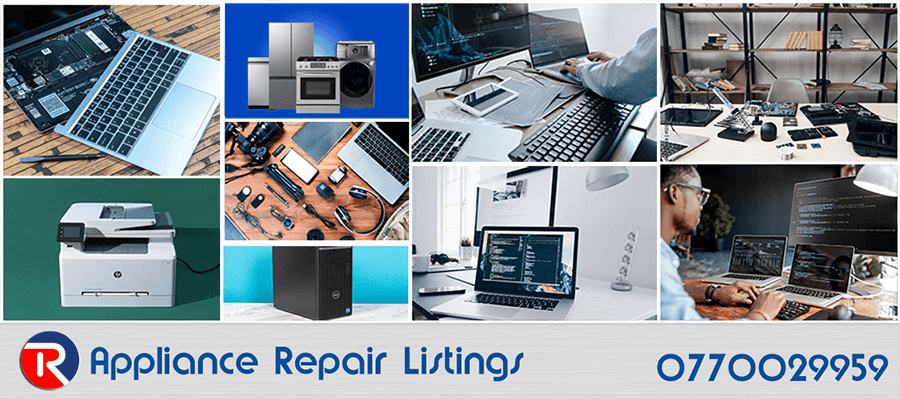WASHING MACHINE SERVICE: ENSURING YOUR APPLIANCE RUNS SMOOTHLY
Washing Machine Repair in Nairobi is a crucial service that ensures our laundry routines remain uninterrupted. Whether it's tackling heaps of dirty clothes or maintaining hygiene standards, a functional washing machine is indispensable. Let's delve into how these marvels of modern convenience work, common problems they encounter, and the repair solutions available.
HOW WASHING MACHINES WORK
Understanding the inner workings of a washing machine can shed light on how to maintain and repair it effectively. At its core, a washing machine operates through a combination of mechanical and electrical components. Here's a simplified breakdown:
-
Water Intake: The washing cycle begins with water entering the machine, controlled by valves, to fill the tub.
-
Detergent Dispensing: Detergent and other cleaning agents are added at this stage, ensuring thorough cleaning of the laundry.
-
Agitation: The drum rotates back and forth or moves in a pulsating motion to agitate the clothes, loosening dirt and stains.
-
Rinsing: Fresh water is introduced to rinse away detergent and debris from the clothes.
-
Spin Cycle: The drum spins at high speeds, extracting excess water from the clothes, making drying faster and more efficient.
-
Drainage: Once the spin cycle is complete, the water is drained from the machine, readying it for the next load.
COMMON PROBLEMS AND REPAIR SOLUTIONS
Despite their efficiency, washing machines can encounter issues due to wear and tear or improper usage. Here are some common problems and their solutions:
-
Leaking: Leaks can occur due to damaged hoses or faulty seals. Inspecting hoses for cracks and ensuring proper sealing can resolve this issue.
-
Drainage Problems: Clogs in the drainage system can lead to water not draining properly. Clearing any obstructions in the drain pump or hoses can restore normal functioning.
-
Spin Cycle Malfunction: If the drum fails to spin or spins unevenly, it could indicate a problem with the motor or belt. Replacing worn-out parts can resolve this issue.
-
Overheating: Overloading the washing machine or using it for extended periods can cause overheating. Allowing the machine to cool down and avoiding overloading can prevent this issue.
-
Electrical Issues: Faulty wiring or components can lead to electrical malfunctions. Consulting a professional technician for diagnosis and repair is crucial to ensure safety.
-
Unusual Noises: Strange noises during operation could signify worn-out bearings or loose parts. Lubricating moving components or tightening loose connections can mitigate this problem.
Washing Machine Repair in Nairobi is essential for maintaining the functionality and longevity of your appliance. By understanding how washing machines work and being aware of common problems and repair solutions, you can ensure smooth laundry days without interruptions. Remember to prioritize regular maintenance and seek professional help when needed to keep your washing machine running efficiently.


